At first glance, it looks pretty much like any of the semi cabs rolling across American roadways, though the design is a little sleeker, and the name on its grille is the giveaway. Nikola’s Class 8 tractor is one of a growing number of “green” commercial vehicles, in this case, replacing a traditional diesel drivetrain with a hydrogen fuel-cell system. Trucks deliver most of America’s freight, but they also create a disproportionate share of the transportation sector’s pollution. That’s starting to change as truck makers and truck fleet operators switch to alternative hydrogen and battery drivetrain technologies.
It takes a bit more dexterity than I expected to climb up into the cabin of the Class 8 semi tractor parked outside the Los Angeles Convention Center. But once inside I settle into a seat built for long-haul travel. While I’m used to being the test driver, this time I’m just along for the ride, not having a commercial endorsement on my driver’s license. Christian Appel is the guy behind the wheel.
He’s also the chief engineer of Nikola Corp., the Phoenix-based startup rolling out an assortment of “green” commercial vehicles, including this big rig. To the casual observer, it may look like any other semi cab, but there’s one major difference that becomes obvious as Appel hits the “Start” button and shifts into gear: the lack of the menacing growl you’d expect from a typical truck’s diesel engine. That’s because it’s been replaced by a hydrogen fuel-cell drivetrain.
Trucking comes clean
Trucking is a critical part of the economy, moving 71.6% of all U.S. freight — worth an estimated $10.4 trillion — according to the Environmental and Energy Study Institute. But trucks also cause a disproportionate amount of pollution. Medium- and heavy-duty vehicles make up less than 5% of the vehicles on the road, according to the U.S. Department of Energy, but produce 20% of the transportation sector’s emissions — everything from global warming gases such as carbon dioxide to smog-forming oxides of nitrogen.
In the greater Los Angeles area, trucks idling at the two local ports are considered among the single largest sources of the region’s smog problem. That’s led California regulators to pass several measures aimed at cleaning up truck emissions, including the Advanced Clean Truck Act. Starting this year, 9% of the Class 4 through 8 rigs sold in the state will have to use zero-emission drivetrain technologies, whether hydrogen or electric. That rises to 75% by 2035.
“It’s all about California,” said Steve Girsky, Nikola’s CEO. “California is on the cutting edge of cleaning up the ports and decarbonizing trucking.”
While the Golden State may be taking the lead, the green truck revolution is stretching out far beyond its borders. The list of manufacturers rolling out new zero-emission vehicles is a trucker’s Who’s who, and it covers everything from delivery vans to garbage trucks to the heaviest semis on the road.
A troubled start, a promising future
For Nikola, things got off to a rocky start. Founder Trevor Milton generated plenty of buzz back in 2014 when he first revealed a semi that could run on hydrogen, the most abundant element in the universe. Feeding the lightweight gas into a system called a fuel-cell stack created a flow of current to drive the truck’s electric motors. Unlike an EV, there was an exhaust pipe — but the only “waste” produced by a fuel-cell system is water.
The problem was the rig didn’t work. Milton faked promotional videos aimed at luring in investors, among other things. Worse, he turned out to be at the center of some personal scandals. Last month, Milton was sentenced to four years in federal prison after being convicted of fraud.
Somehow, Nikola was able to hang on and while its planned jump into manufacturing was repeatedly delayed, it rolled out its first Class 8 tractor in August of last year. Its goal is to produce an assortment of hydrogen and battery-electric trucks of various sizes.
Plenty of competition
It’s not alone. The list of players getting into the green truck market is a long one, running from Battle Motors to Zeus Electric. There are familiar names, such as General Motors, with its BrightDrop subsidiary, Daimler Truck, Kenworth and Volvo. Both Hyundai and Toyota are fielding their own pilot fleets of fuel-cell semis at the Ports of Los Angeles and Long Beach. Tesla, meanwhile, launched production of its all-electric Semi last year.
There also are plenty of startups, such as Bollinger, Canoo and Rivian. The latter company is playing in the retail and commercial sectors. It saw a roughly 78% jump in sales of its R1T pickup and R1S SUV in 2023. It’s also accelerating the roll out of its all-electric delivery vans, 100,000 of which it has committed to supply to Amazon for its Prime delivery service.
That’s where the typical American consumer will likely first come into contact with ZEV trucks, as most delivery services, including FedEx, UPS and the U.S. Postal Service, are migrating to alternative drivetrain technology. In part, that’s due to new regulations like California’s ACT rules. But that also reflects potential savings on operating costs.
Pluses and minuses
In general, green trucks are expected to drive down energy and maintenance bills by as much as 50%, according to sources as diverse as Consumer Reports and the U.S. Department of Energy. For last-mile delivery services, they’re not only expected to be cheaper — and more reliable — but also deliver big reductions in emissions caused by constant stop-and-go driving.
On the flip side, green trucks can cost substantially more than diesel or gas rigs — four times as much. As with retail EVs, some of that is the result of a limited production system. Manufacturers hope to reduce costs as they increase volumes and take advantage of economies of scale.
“Supply chain improvements lead to more affordable batteries for all applications, and the Bipartisan Infrastructure Law is investing more than $7 billion into the supply chain for batteries, over the next five years,” the DoE promised in a 2022 report.
To help offset higher costs today, the federal government has instituted several incentive programs that can provide up to $40,000 per vehicle in tax credits.
Charged up
As with retail EVs, one of the biggest challenges is keeping green trucks juiced up and running.
For EV delivery vehicles, most are kept charged up at fleet depots, as they typically run routes well within their 100-plus mile battery range.
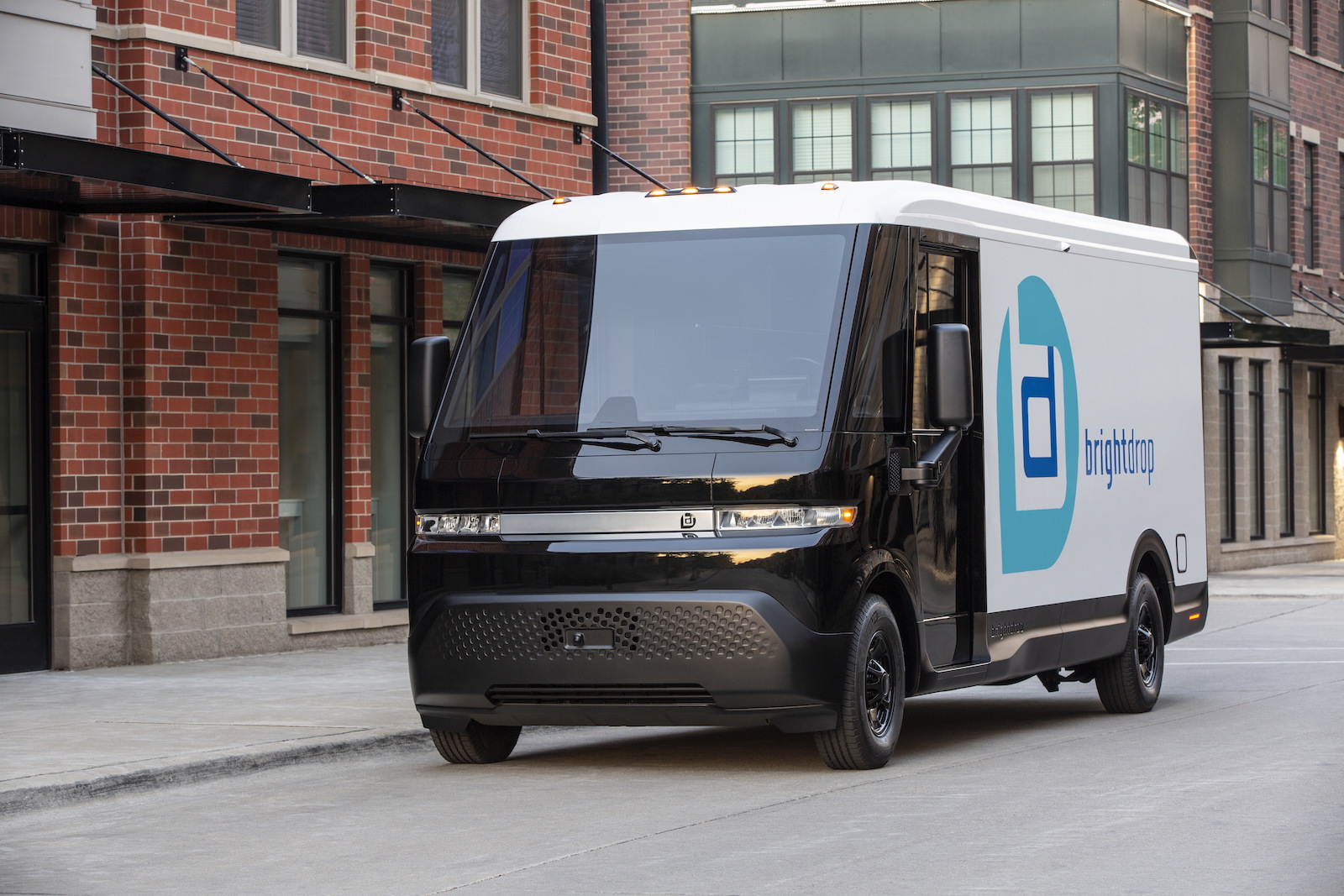
Nikola’s got plenty of competition in the green truck segment, like GM subsidiary BrightDrop, above is the Zevo 600, which produces all-electric commercial trucks.
Long-distance trucking is a bit more challenging. As limited as the charging infrastructure is for passenger EVs, the network is even more restricted for electric trucks that may travel hundreds, even thousands, of miles. On the other hand, long-distance trucks tend to follow well-established routes, making it easier to set up charging stations along the way — such as the Electric Island chargers developed as part of a joint venture between Portland General Electric and Daimler Trucks North America.
Hydrogen or electric?
Which of the two primary green technologies will win out? It’s far from certain. Tesla CEO Elon Musk likes to call hydrogen power “fool cells.” And there’s no question the gas is more expensive on a per-mile basis than electricity. Nikola’s CEO Girsky counters that hydrogen trucks offer the sort of range matching today’s diesel rigs, anywhere from 500 to 1,000 miles. They also promise similar refueling times — about 20 minutes compared to the hours needed to recharge a semi’s massive battery pack. And the weight of those batteries means lower cargo capacity, reducing profitability.
While there are a limited number of truck charging stations, there are even fewer places to fill up a hydrogen truck like Nikola’s. There are barely 100 hydrogen pumps in the entire country, most of those in California and not suited for refueling trucks.
Nikola chief engineer Appel told Headlight.News that the company is working with partners to set up refueling stations along the primary routes of its customers. In December, it announced a partnership with FirstElement Fuel to operate a station near the port in Oakland, California. In some cases, future stations will be fixed operations. In other places, Nikola will rely on mobile refuelers that can meet up with hydrogen semis where needed on the road.
On the move
After firing up the Nikola semi, Appel shifts into gear and, slamming pedal to the metal, the rig jumps forward, more like a sports car than a Class 8 tractor. The twin electric motors that use fuel-cells current develop “a lot of torque,” he explains. And that’s instant torque.
Blowing the tractor’s deafening air horn, Appel merges into downtown LA traffic and takes us on a circuitous route as he touts the rig’s benefits.
Perhaps the most important part of the story is that Nikola is actually in production after a long, slow, near-death experience. It still has to prove it can build its trucks in volume — and that they’ll match the reliability of conventional diesel rigs, a critical factor for fleets that can’t afford downtime.
It also has to make sure potential buyers will be able to keep their trucks fueled up along their routes. Of course, the long list of competitors in the green truck space face similar challenges.
The pressure is on for the trucking manufacturers to go green. Now, their customers will have to buy in.

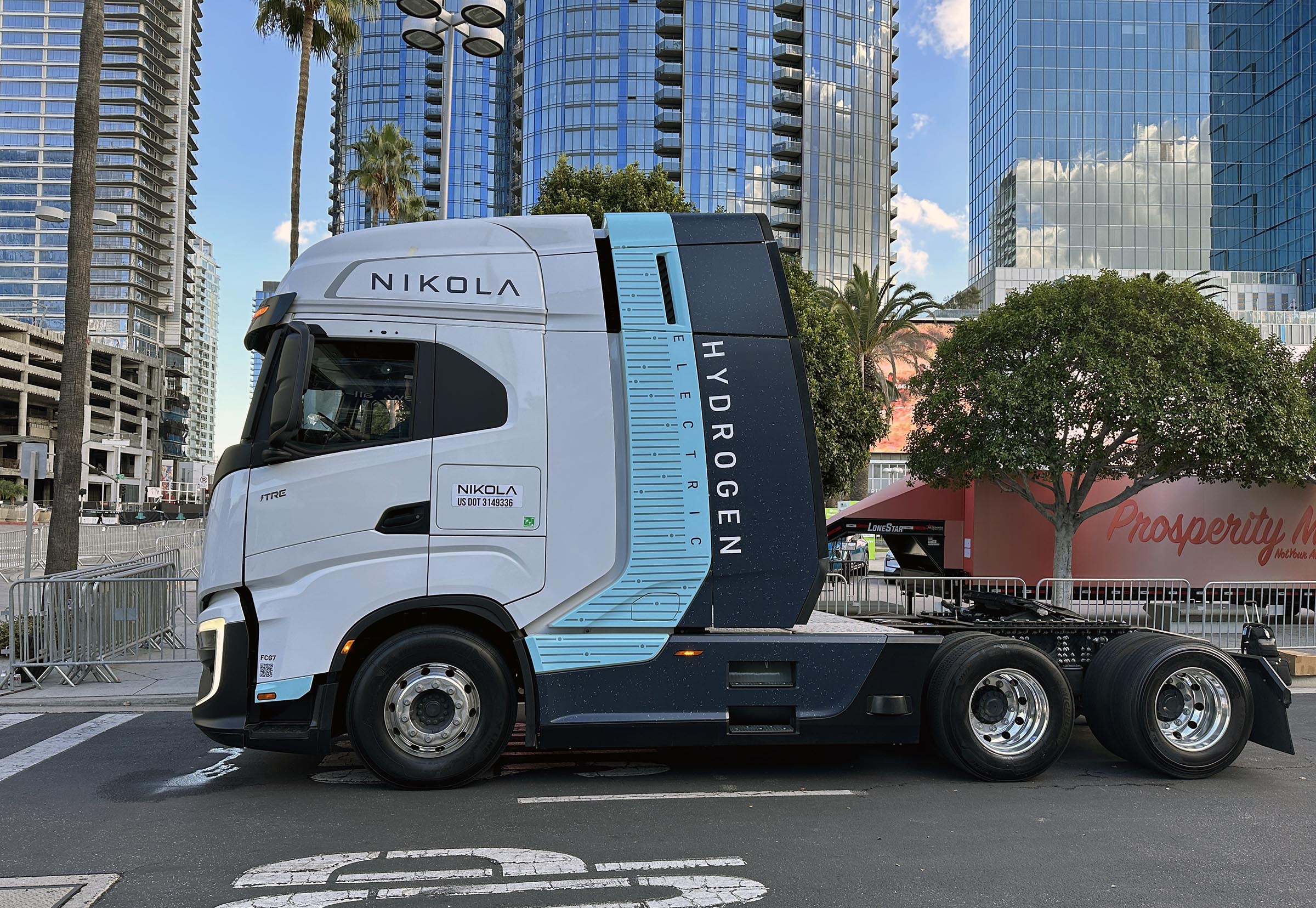
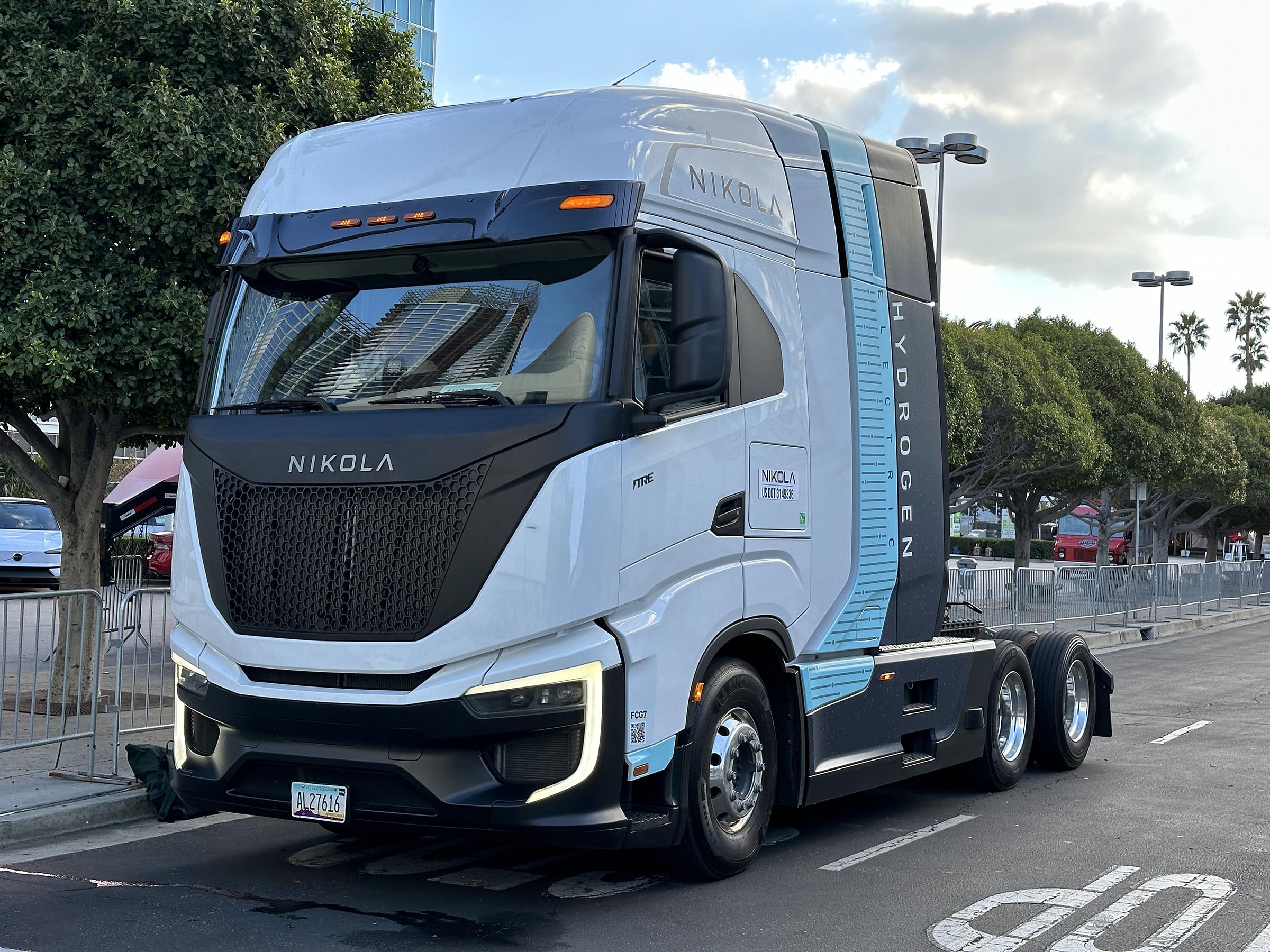

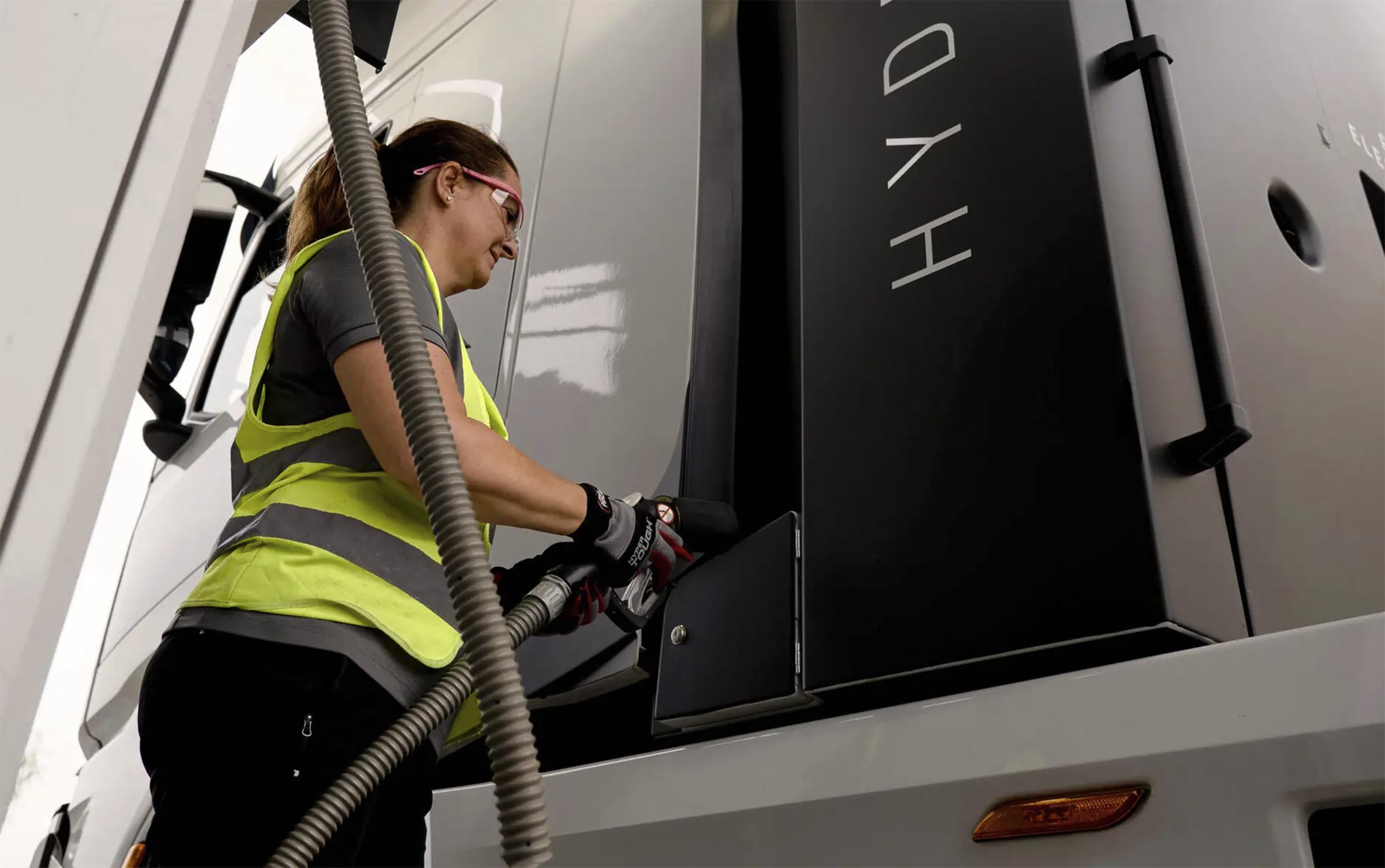

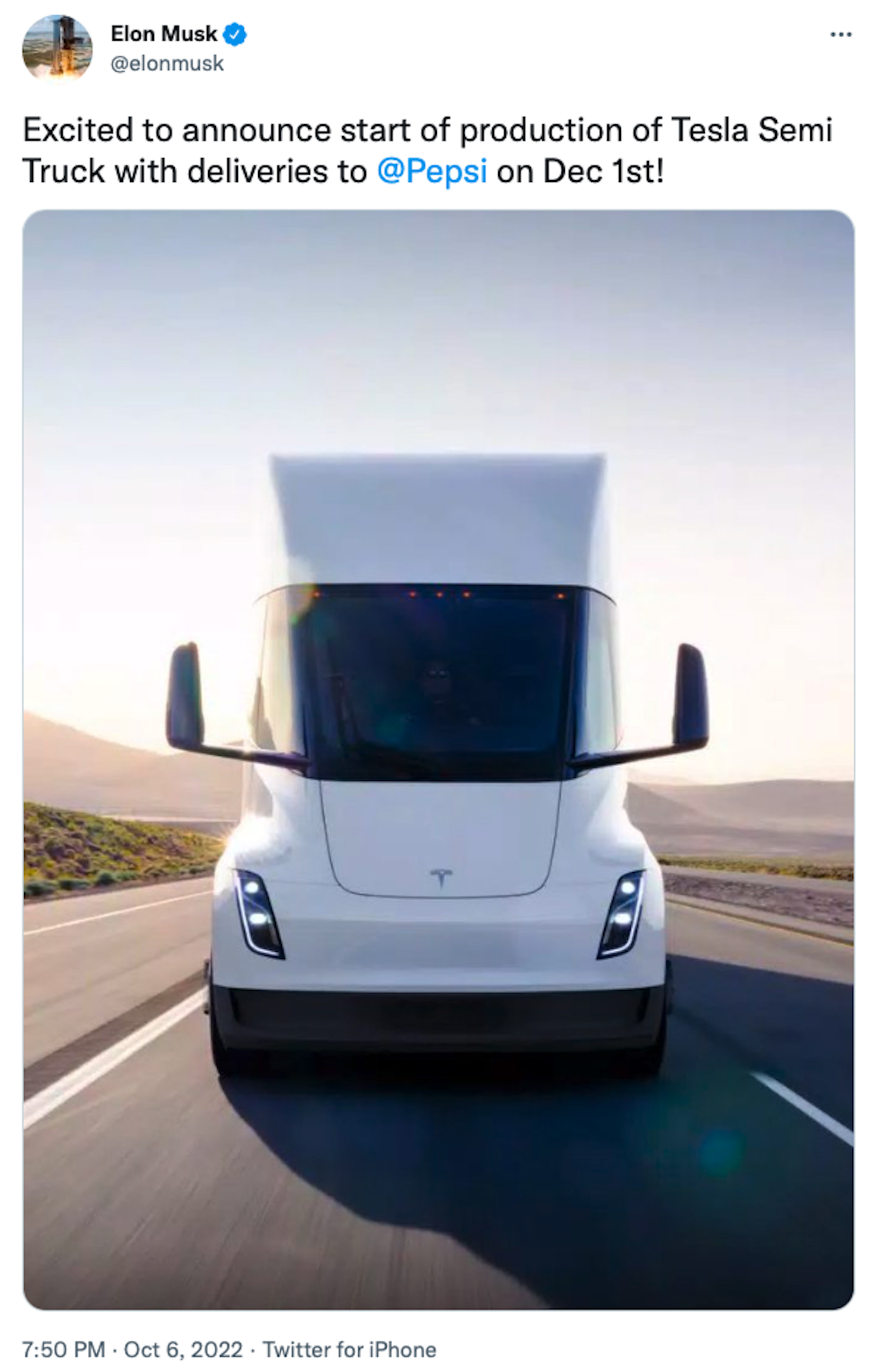


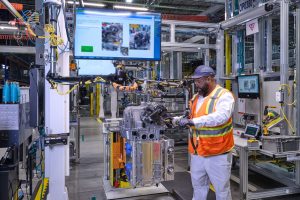

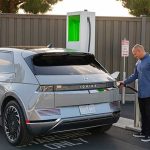
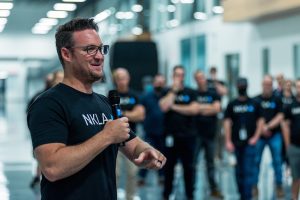

0 Comments